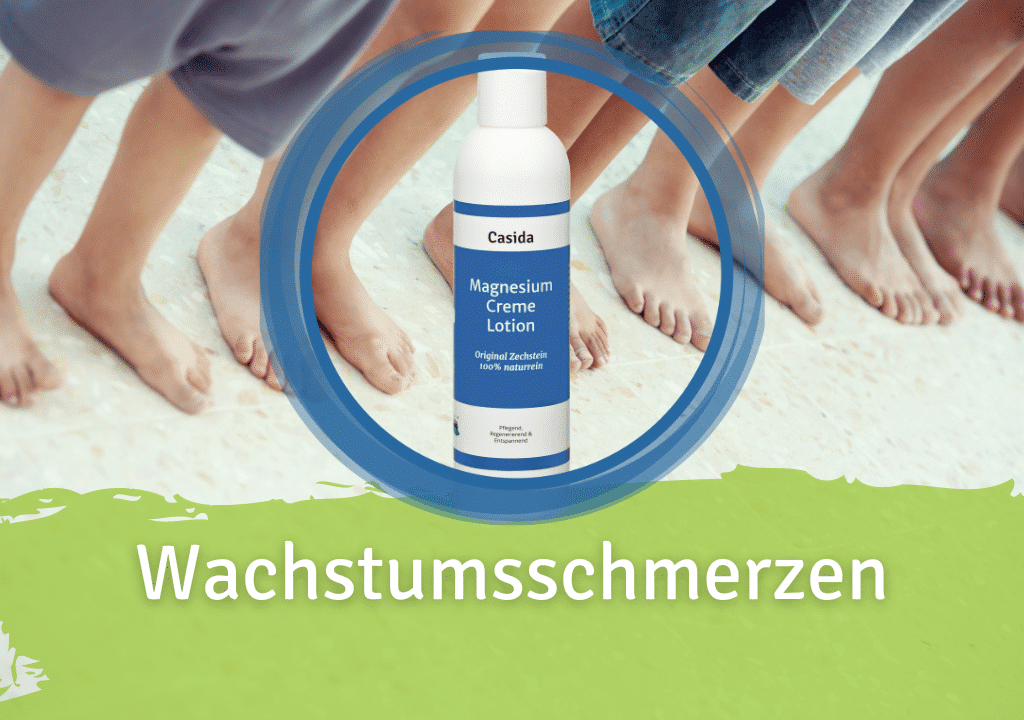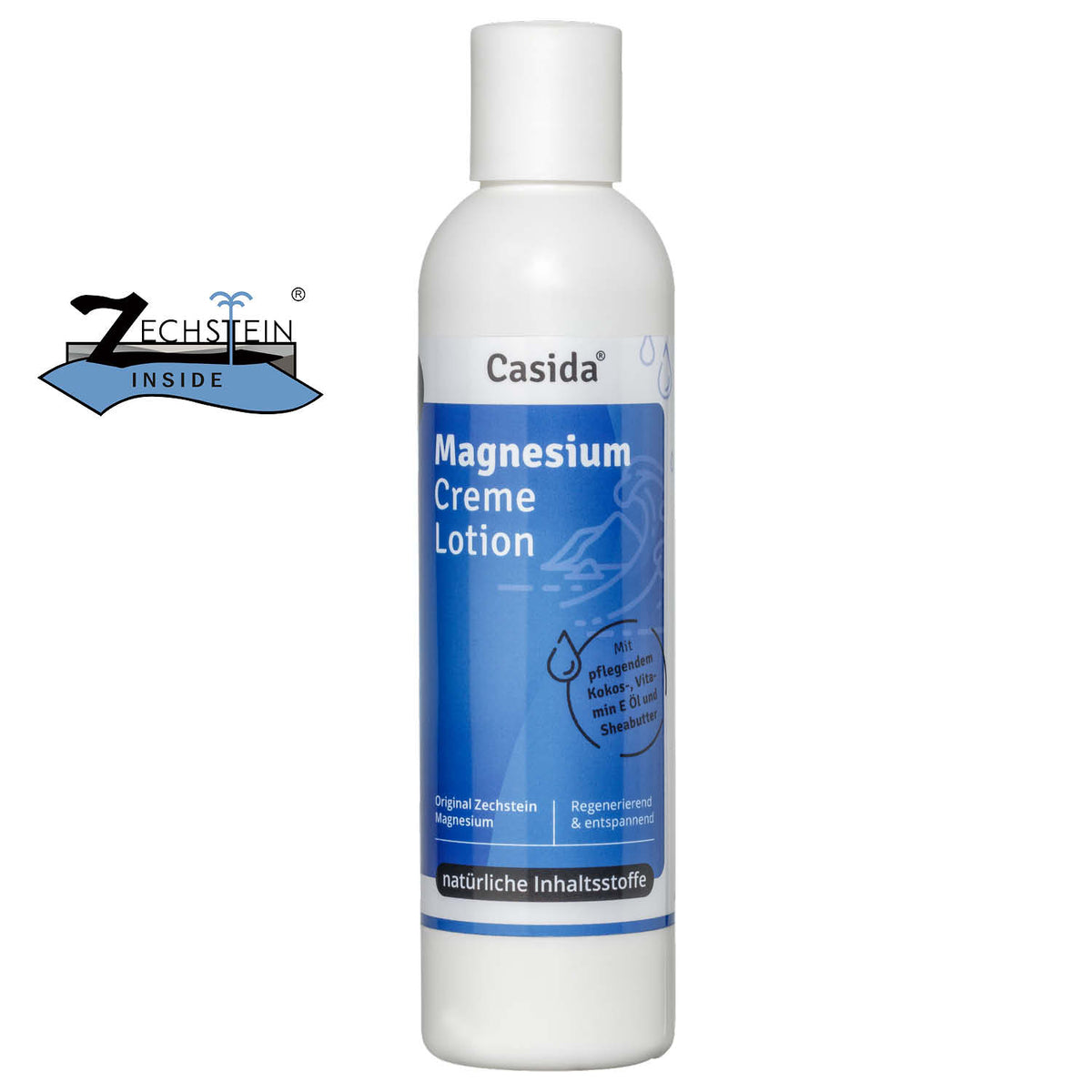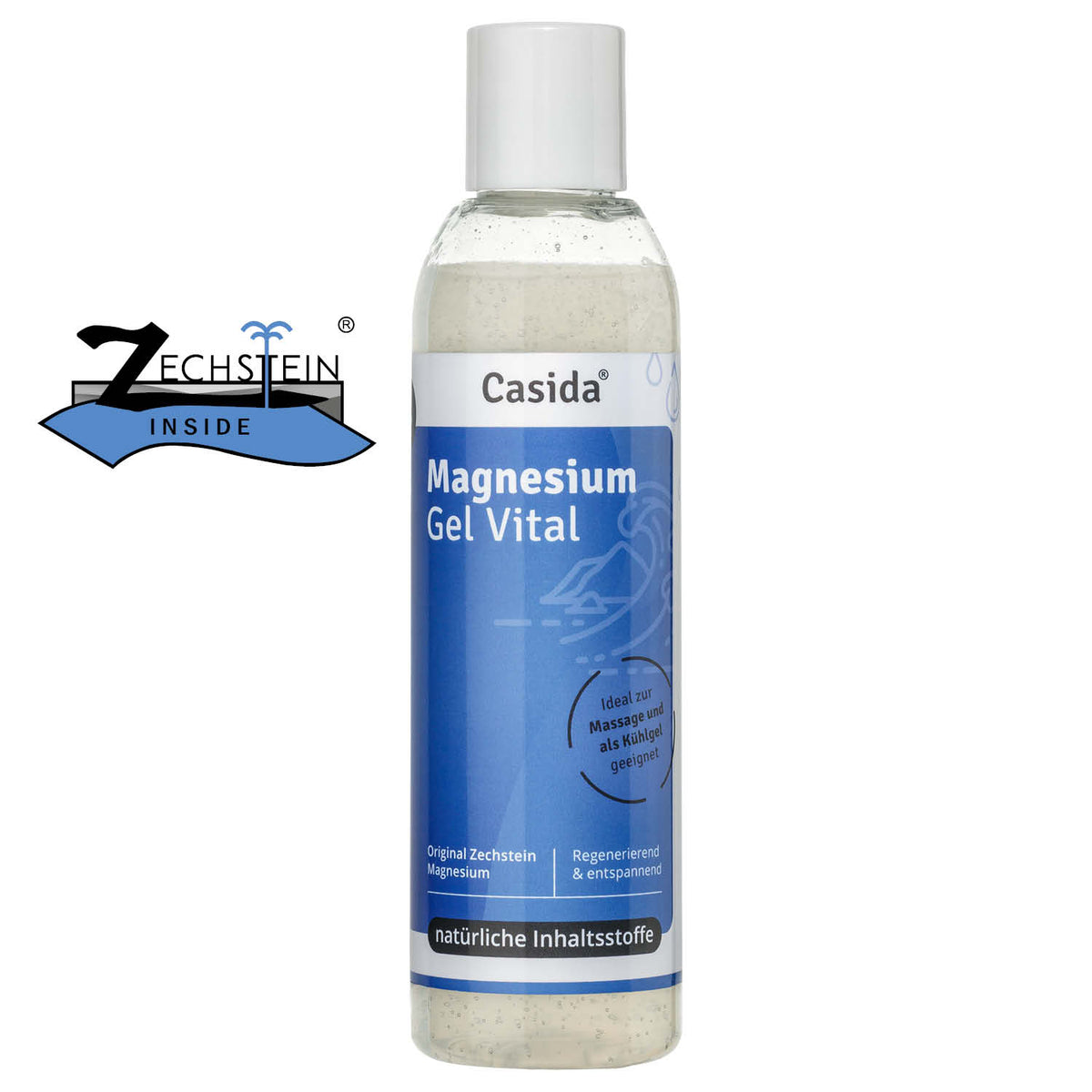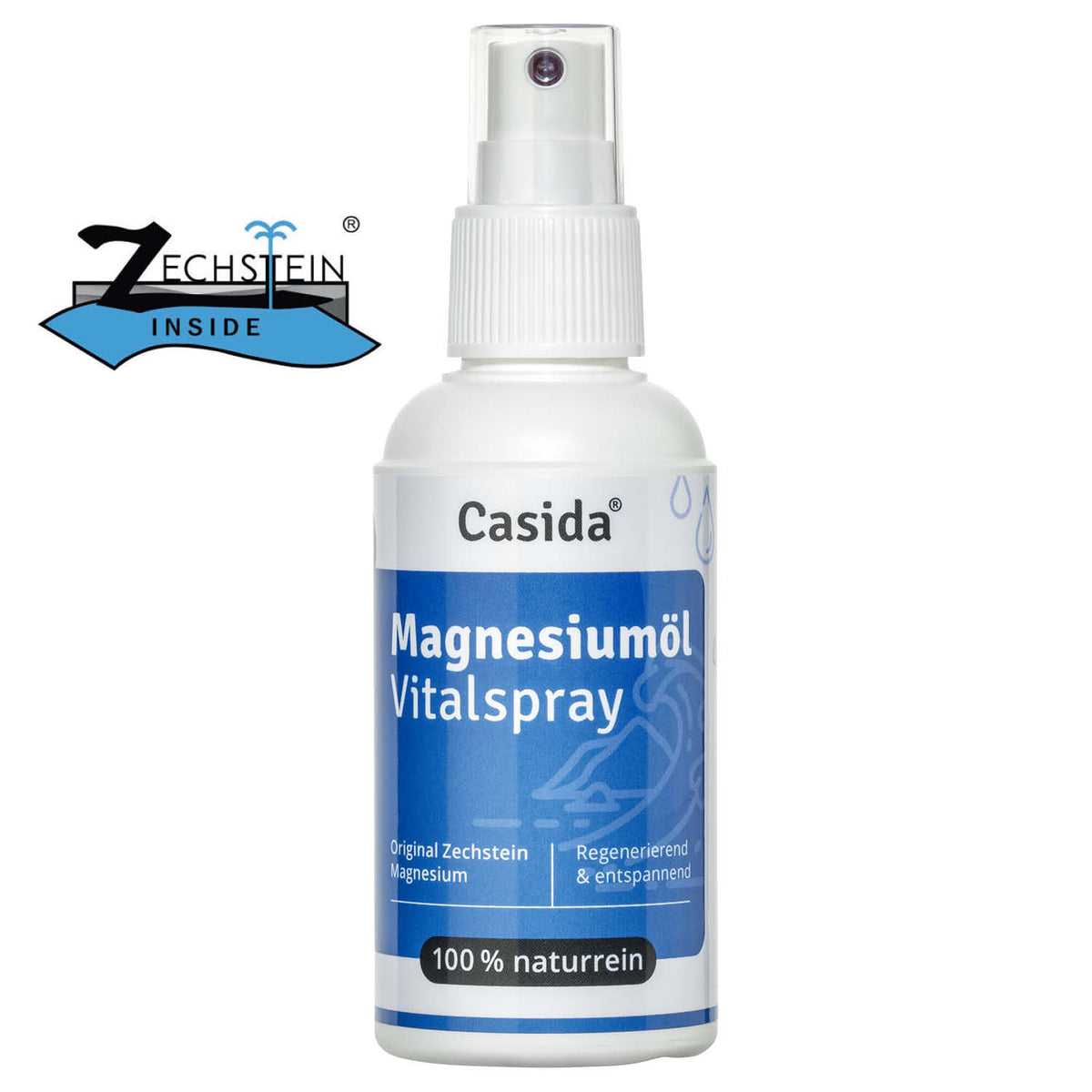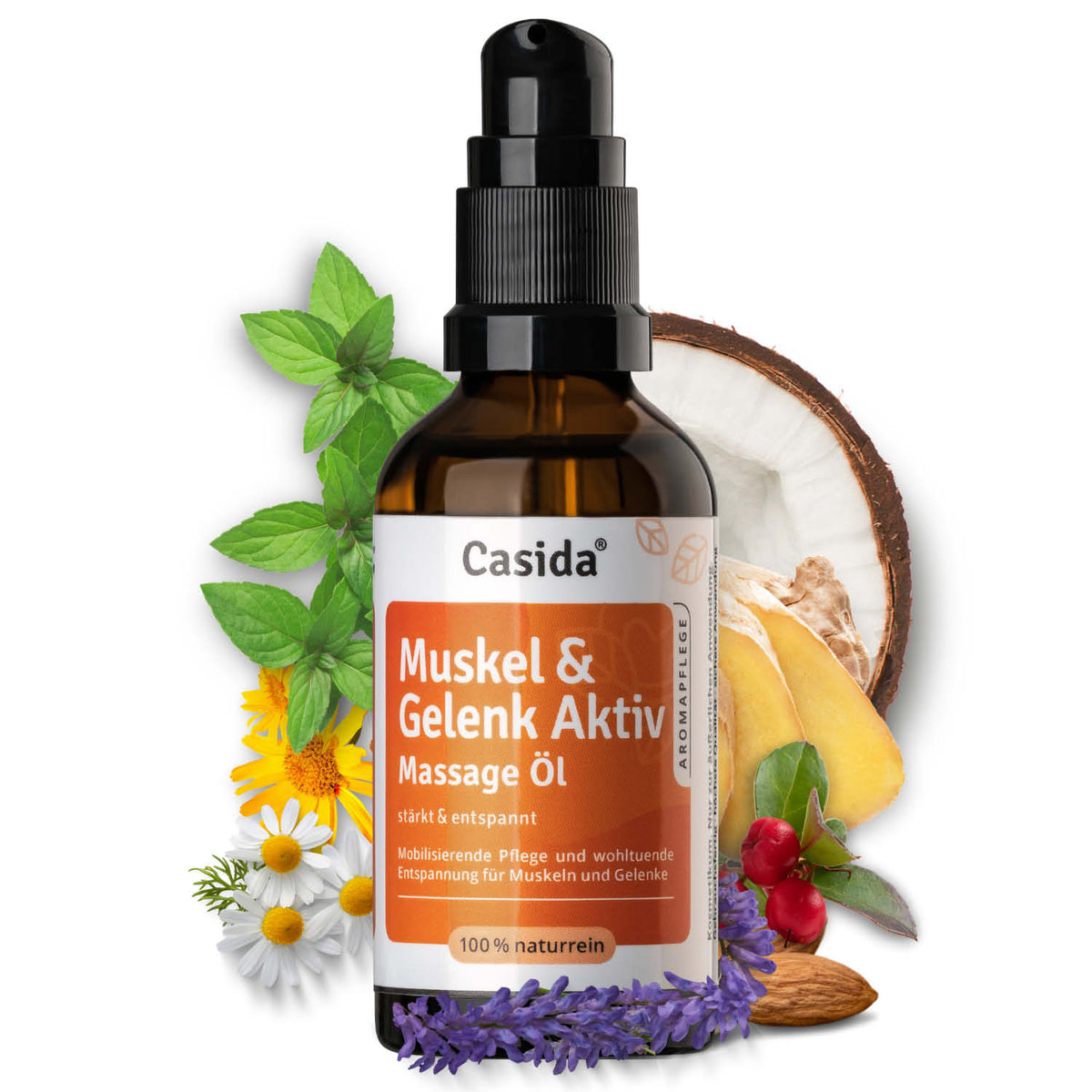Because growing pains in children cannot be reliably diagnosed using any method, they have long been controversial in medicine. They are estimated to occur in about 30% of children of primary school age and older. In exceptional cases, the symptoms can appear as early as toddlerhood and even last into puberty.
Table of contents
Causes of Growing Pains in Children
In the past, pain in the limbs in children was attributed to growth spurts. It was assumed that the periosteum was stretched and thus irritated. However, studies have refuted this theory. Science has not yet been able to clarify the causes of growing pains in children. This is also one of the reasons why these conditions have been controversial among medical professionals for so long. It is now suspected that, in addition to psychological factors, poor posture and overtiredness could also be possible causes of growing pains in children.
How do growing pains manifest themselves in children?
Even though growing pains in children are not easily distinguishable from other similar complaints, there are typical symptoms:
- The pain usually does not occur during physical exertion, but only after extensive exercise.
- A typical symptom of growing pains in children is that the pain generally occurs at night.
- Children complain of growing pains lasting between a few minutes and an hour.
- It is also typical for these complaints to disappear the next morning.
- With growing pains in children, it is common for there to be long intervals between the symptoms. It can take several weeks or even years before children experience the symptoms again.
- Children are usually unable to pinpoint the exact location of the pain.
- The symptoms occur most frequently in the upper and lower legs and less frequently in the joints. Ankles and knees are the most common areas of complaint with this condition.
- Another typical symptom of growing pains in children is that the pain moves and changes sides.
What can you do about growing pains in children?
Evening growing pains in children disappear on their own in the morning, but parents can do a lot to alleviate the symptoms.
- Gentle massages: A gentle massage and muscle stretching can help relieve the symptoms. In addition to soothing oils for massage, the external application of magnesium-containing lotions is also recommended, such as the Magnesium Cream Lotion from Casida. This is a natural product that is also very suitable for children's skin and can be applied daily. Casida's Magnesium Cream Lotion contains natural nourishing ingredients such as coconut oil, shea butter, and vitamin E oil, as well as pure Zechstein magnesium chloride, and is gentle on children's skin. Simply apply and massage in using gentle circular motions.
- Care and attention: The pain usually only lasts until the child falls asleep. Until then, family attention such as stroking, comforting, and reassurance helps. The best approach is to offer comfort and reassurance in combination with a massage or stroking of the affected areas.
- No painkillers: Since the causes of growing pains in children are not fully understood and psychological factors likely play a role, painkillers are not a viable solution. Parents should only administer painkillers to children in exceptional cases and after consulting a pediatrician.
Important note / disclaimer: As pharmacists, we share our pharmaceutical expertise and wealth of naturopathic experience in the Casida guide. An individual diagnosis and consultation are always necessary. Therefore, this service cannot replace medical advice. This service is not intended to treat, cure, or prevent any disease. It is not a substitute for medication or other treatments prescribed by a doctor.




